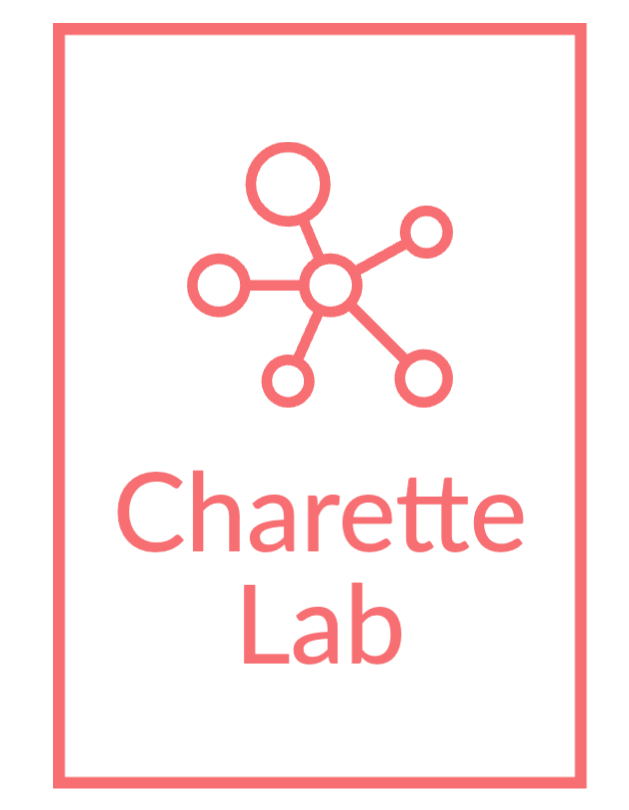Responsive Metal Complexes
Here, we aim to design transition metal complexes with flexible ligand scaffolds that can adopt different geometries through external stimulation. The ability to change geometry will imbue both a change in coordination and electronic environments and impart controlled access to the active or dormant catalytic species for atom transfer radical polymerizations (ATRP). Altering the coordination geometry environment of the catalyst will allow for spatial and temporal control over initiation and termination steps as well as polymer molecular weight size and distribution. The tunability of the transition metal complexes described herein allows for the development of structure function relationships which can influence future design for increased diversification. The results from this work will lead to advancements in cutting-edge materials with applications in microelectronics, biotechnology and energy, defense.
